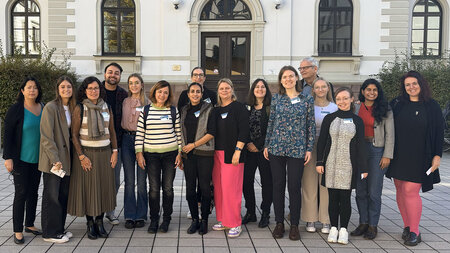Recognition of drivers intentions
Partner
BMW Forschung und Technik GmbH, INRETS (within HUMANIST)
Description
Warning signals of Advanced Driver Assistance Systems (ADAS) should be adapted to driver´s intention. For example a signal, warning the driver that he/she will leave the current lane is only useful if the driver does not intend to leave the lane. Results of previous studies indicate that eye-movement behaviour may be a good predictor of the driver’s strategies and intentions. Driving is a highly visual task and the performance in this task depends highly on visually attending to those stimuli relevant for the current intention in the current situation. These selection and attention processes should be revealed by monitoring eye-movement behaviour. We focus on the question whether it is possible to use eye-glance patterns to predict that the driver intends to change the lane. Lane changing was chosen first because it is one subtask of the driving task that incorporates many critical aspects of driving (e.g., lane position control, monitoring, decision making). Second, lane changing is a ubiquitous manoeuvre in common driving environments. To improve the quality of the prediction we also incorporate information from others sources, e.g. position in the lane, or position and speed of other cars.
Contact
People
Prof. Dr. Josef Krems, Anna Mikolajetz, Paula Pawell, Susi Beyreuther, Sonja Wipplinger, Peggy Müller, Sophia Nizielsky, Nils Kroemer, Frederik Haarig





